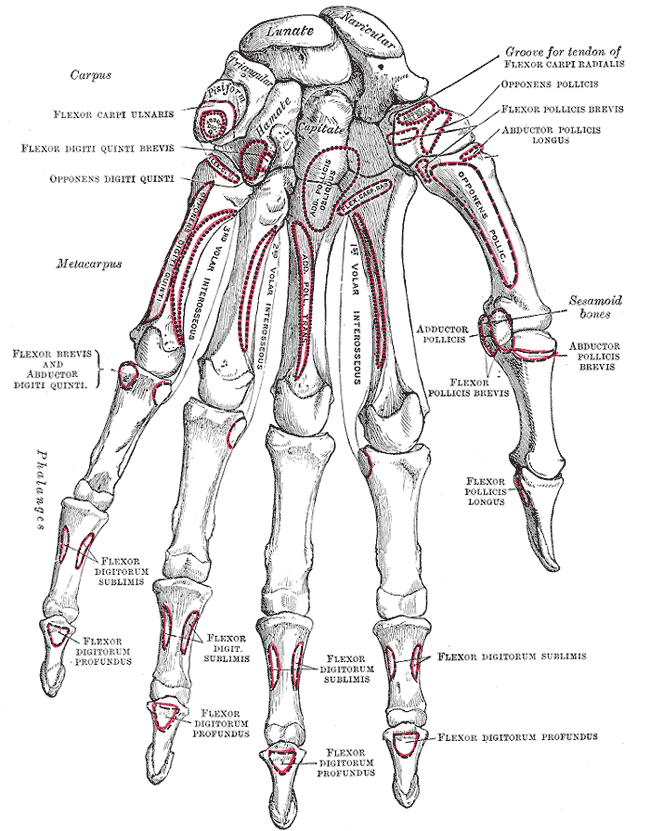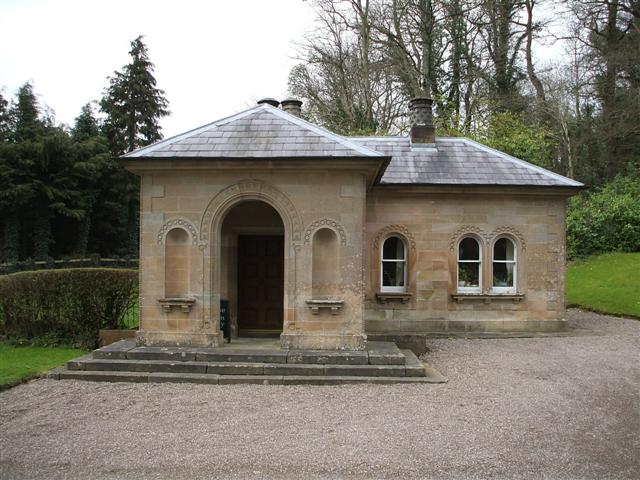|
List Of National Trust Properties In Northern Ireland
National Trust properties in Northern Ireland is a list of National Trust properties in Northern Ireland. County Antrim * Carrick-a-Rede Rope Bridge *The Crown Liquor Saloon *Divis and Black Mountain, Belfast *Dunseverick Castle *Fair Head Coastal Nature Reserve *Giant's Causeway *Patterson's Spade Mill County Armagh * Ardress House *Coney Island, Lough Neagh *Derrymore House County Down *Castle Ward *Mount Stewart *Murlough Nature Reserve *Rowallane Garden County Fermanagh *Castle Coole *Crom Estate *Florence Court County Londonderry *Downhill Estate and Mussenden Temple *Hezlett House * Springhill *Portstewart Strand County Tyrone *Gray's Printing Press, Strabane * Wellbrook Beetling Mill, Cookstown See also *List of National Trust properties in England *List of National Trust properties in Wales * List of National Trust for Scotland properties *An Taisce The National Trust for the Republic of Ireland (including list of properties) External links The National Trust {{T ... [...More Info...] [...Related Items...] OR: [Wikipedia] [Google] [Baidu] |
National Trust For Places Of Historic Interest Or Natural Beauty
The National Trust, formally the National Trust for Places of Historic Interest or Natural Beauty, is a charity and membership organisation for heritage conservation in England, Wales and Northern Ireland. In Scotland, there is a separate and independent National Trust for Scotland. The Trust was founded in 1895 by Octavia Hill, Sir Robert Hunter and Hardwicke Rawnsley to "promote the permanent preservation for the benefit of the Nation of lands and tenements (including buildings) of beauty or historic interest". It was given statutory powers, starting with the National Trust Act 1907. Historically, the Trust acquired land by gift and sometimes by public subscription and appeal, but after World War II the loss of country houses resulted in many such properties being acquired either by gift from the former owners or through the National Land Fund. Country houses and estates still make up a significant part of its holdings, but it is also known for its protection of wild lands ... [...More Info...] [...Related Items...] OR: [Wikipedia] [Google] [Baidu] |
Mount Stewart
Mount Stewart is a 19th-century house and garden in County Down, Northern Ireland, owned by the National Trust. Situated on the east shore of Strangford Lough, a few miles outside the town of Newtownards and near Greyabbey, it was the Irish seat of the Stewart family, Marquesses of Londonderry. Prominently associated with the 2nd Marquess, Robert Stewart, Viscount Castlereagh, Britain's Foreign Secretary at the Congress of Vienna and with the 7th Marquess, Charles Vane-Tempest-Stewart, the former Air Minister who at Mount Stewart attempted private diplomacy with Hitler's Germany, the house and its contents reflect the history of the family's leading role in social and political life in Britain and Ireland. History County seat of the Stewarts, Lords Londonderry and Castlereagh The original property, Mount Pleasant, was purchased with neighbouring estates in 1744 by Alexander Stewart (1699–1781). Exceptionally for an aspiring member of the landed Ascendancy, the Stewarts d ... [...More Info...] [...Related Items...] OR: [Wikipedia] [Google] [Baidu] |
Gray's Printing Press
''Gray's Anatomy'' is a reference book of human anatomy written by Henry Gray, illustrated by Henry Vandyke Carter, and first published in London in 1858. It has gone through multiple revised editions and the current edition, the 42nd (October 2020), remains a standard reference, often considered "the doctors' bible". Earlier editions were called ''Anatomy: Descriptive and Surgical'', ''Anatomy of the Human Body'' and ''Gray's Anatomy: Descriptive and Applied'', but the book's name is commonly shortened to, and later editions are titled, ''Gray's Anatomy''. The book is widely regarded as an extremely influential work on the subject. Publication history Origins The English anatomist Henry Gray was born in 1827. He studied the development of the endocrine glands and spleen and in 1853 was appointed Lecturer on Anatomy at St George's Hospital Medical School in London. In 1855, he approached his colleague Henry Vandyke Carter with his idea to produce an inexpensive and acce ... [...More Info...] [...Related Items...] OR: [Wikipedia] [Google] [Baidu] |
County Tyrone
County Tyrone (; ) is one of the six Counties of Northern Ireland, counties of Northern Ireland, one of the nine counties of Ulster and one of the thirty-two traditional Counties of Ireland, counties of Ireland. It is no longer used as an administrative division for local government but retains a strong identity in popular culture. Adjoined to the south-west shore of Lough Neagh, the county covers an area of and has a population of about 177,986; its county town is Omagh. The county derives its name and general geographic location from Tír Eoghain, a Gaelic kingdom under the O'Neill dynasty which existed until the 17th century. Name The name ''Tyrone'' is derived , the name given to the conquests made by the Cenél nEógain from the provinces of Airgíalla and Ulaid.Art Cosgrove (2008); "A New History of Ireland, Volume II: Medieval Ireland 1169-1534". Oxford University Press. Historically, it was anglicised as ''Tirowen'' or ''Tyrowen'', which are closer to the Irish pronunci ... [...More Info...] [...Related Items...] OR: [Wikipedia] [Google] [Baidu] |
Portstewart Strand
Portstewart Strand is a sandy, two-mile long beach in Portstewart, County Londonderry, Northern Ireland, on the northern Atlantic Ocean coast of the island of Ireland. It is situated between the popular seaside resort of Portstewart and the mouth of the River Bann, known as the Barmouth and is one of the top 10 visitor attractions in Northern Ireland. Facilities It is owned and managed by the National Trust and is a Blue Flag beach in recognition of high standards of beach management and water quality. Cars can be brought onto the beach and parked on the strand. When the National Trust purchased the beach in 1980, it allowed this long-standing tradition to continue. The beach attracts up to 180,000 visitors every year. All activities including watersports, are zoned. On 28 April 2008, the National Trust opened a new visitor facility at the beach following a £450,000 investment, part-funded through the Northern Ireland Tourist Board. Conservation In 2000, the dune system was in ... [...More Info...] [...Related Items...] OR: [Wikipedia] [Google] [Baidu] |
Springhill, Northern Ireland
Springhill is a 17th-century plantation house in the townland of Ballindrum near Moneymore, County Londonderry in Northern Ireland. It has been the property of the National Trust since 1957 and, in addition to the house, gardens and park, there is a costume collection and a purported ghost. It is open from March to June, and September on weekends, and is open to the public seven days a week during July and August. Features This 17th-century unfortified house was built about 1680 and was originally surrounded by a defensive bawn. Around 1765 two single-storey wings were added and the entrance front was modified to its present arrangement of seven windows across its width. History The Conyngham family The Conyngham family had come from Ayrshire in Scotland in about 1611, possibly from Glengarnock and the first of the family in Ulster was said to have been one of the family of the Earls of Glencairn. The Conyngham family owned the Springhill estate of 350 acres, acquired for £20 ... [...More Info...] [...Related Items...] OR: [Wikipedia] [Google] [Baidu] |
Hezlett House
Hezlett House is a 17th-century thatched cottage located in Castlerock, County Londonderry. Built around 1691, it is one of the oldest buildings still in use anywhere in Ulster. The cottage has a cruck structure and is situated at the crossroads near the village. It was originally a rectory or farmhouse FarmHouse (FH) is a social Fraternities and sororities in North America, fraternity founded at the University of Missouri on April 15, 1905. It became a national organization in 1921. Today FarmHouse has 33 active chapters and four associate ch .... See also * Downhill Estate References ;Inline ;Other * * * National Trust properties in Northern Ireland Buildings and structures in County Londonderry Tourist attractions in County Londonderry Grade A listed buildings Historic house museums in Northern Ireland {{Londonderry-geo-stub ... [...More Info...] [...Related Items...] OR: [Wikipedia] [Google] [Baidu] |
Downhill Estate And Mussenden Temple
The Mussenden Temple and Downhill Demesne is a National Trust property consisting of Downhill Castle and its estate, which includes the Mussenden Temple. See also * Hezlett House Hezlett House is a 17th-century thatched cottage located in Castlerock, County Londonderry. Built around 1691, it is one of the oldest buildings still in use anywhere in Ulster. The cottage has a cruck structure and is situated at the crossroa ... References * * * National Trust properties in Northern Ireland Tourist attractions in County Londonderry {{National Trust , state=collapsed ... [...More Info...] [...Related Items...] OR: [Wikipedia] [Google] [Baidu] |
County Londonderry
County Londonderry ( Ulster-Scots: ''Coontie Lunnonderrie''), also known as County Derry ( ga, Contae Dhoire), is one of the six counties of Northern Ireland, one of the thirty two counties of Ireland and one of the nine counties of Ulster. Before the partition of Ireland, it was one of the counties of the Kingdom of Ireland from 1613 onward and then of the United Kingdom after the Acts of Union 1800. Adjoining the north-west shore of Lough Neagh, the county covers an area of and today has a population of about 247,132. Since 1972, the counties in Northern Ireland, including Londonderry, have no longer been used by the state as part of the local administration. Following further reforms in 2015, the area is now governed under three different districts; Derry and Strabane, Causeway Coast and Glens and Mid-Ulster. Despite no longer being used for local government and administrative purposes, it is sometimes used in a cultural context in All-Ireland sporting and cultural even ... [...More Info...] [...Related Items...] OR: [Wikipedia] [Google] [Baidu] |
Florence Court
Florence Court is a large 18th-century house and estate located 8 miles south-west of Enniskillen, County Fermanagh, Northern Ireland. It is set in the foothills of Cuilcagh Mountain. The nearby village is distinguished by the one-word name Florencecourt. It is owned and managed by the National Trust and is the sister property of nearby Castle Coole. The other National Trust property in County Fermanagh is the Crom Estate. History The history of the building of Florence Court is subject to conjecture and the current house was built in at least two, if not three, phases. The first house on the site was built by John Cole, Esq. (1680–1726) and named after his wife Florence Bourchier Wrey (died 1718). She was the daughter of Sir Bourchier Wrey, 4th Baronet (c. 1653–1696) of Tawstock, Devon. An anonymous history of Fermanagh written in 1718 describes John Cole's house as being 'very costly and sumptuous' but in 1739 Rev. William Henry described this building as being 'but smal ... [...More Info...] [...Related Items...] OR: [Wikipedia] [Google] [Baidu] |
Crom Estate
The Crom Estate (pronounced ''K-ROM''') is a nature reserve located in the south of County Fermanagh, Northern Ireland, along the shores of Upper Lough Erne. It is one of three estates owned and managed by the National Trust in County Fermanagh, the others being Florence Court and Castle Coole mansions. The estate comprises , composed primarily of riparian forest. Some trees are so ancient that physical access is restricted. Features The estate is open to the public for recreational activities and weddings. The ruins of the old castle, a bowling green and garden are tourist attractions. History Like many Ulster country estates, the first house at Crom was built by a Scottish Planter at the beginning of the 17th century. In 1611, as part of the Plantation of Ulster, Michael Balfour, the Laird of Mountwhinney, constructed a house on the lough shore opposite Inishfendra Island. Following the usual pattern for a Plantation castle, it was built of lime and stone and enclosed withi ... [...More Info...] [...Related Items...] OR: [Wikipedia] [Google] [Baidu] |
Castle Coole
Castle Coole (from ga, CúlLogainm – Castle Coole – scanned record 2) is a and a late-18th-century neo-classical situated in , , |







